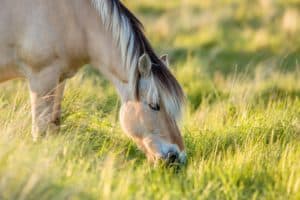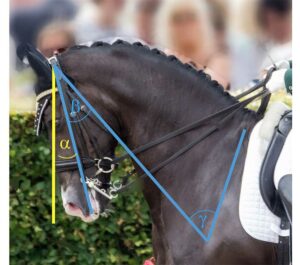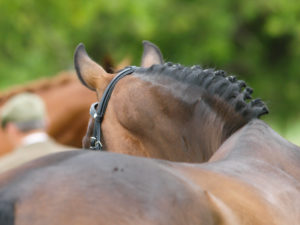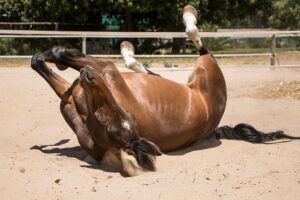Safe at Work
- Topics: Article
Whether riding a reining pattern or jumping a Grand Prix course, the arena is one of the oldest established venues where equine performance is trained and measured. Arena competitions date back to the times when horse-drawn chariots dashed wildly around the Roman Coliseum. While construction and maintenance practices have changed dramatically, equine facilities still share several common features.
Different equine athletic needs require different footing. Good footing for a hunter/jumper show wouldn't accommodate a reining show, and vice versa. The footing needs to be appropriate for the activity, and not cause injuries to the equine athletes.
Hilary Clayton, BVMS, PhD, who holds the Mary Anne McPhail Dressage Chair in Equine Sports Medicine at Michigan State University, has done extensive research into ground surfaces as they relate to equine health and performance. She states that "Everything in footing is a balance. Good footing allows the horse's foot to move a little bit upon landing, but when the horse goes to push off, you don't want footing that gives too much."
Clayton maintains that a hard, brittle surface, such as concrete or sun-baked clay, has a high impact resistance because it absorbs little or none of the impact energy. Conversely, an overly soft surface has a low impact resistance that absorbs most of the footfall energy, and while the concussion force is less, it requires an inordinate amount of energy for the horse to travel forward
Create a free account with TheHorse.com to view this content.
TheHorse.com is home to thousands of free articles about horse health care. In order to access some of our exclusive free content, you must be signed into TheHorse.com.
Start your free account today!
Already have an account?
and continue reading.
Written by:
Toby Raymond
Related Articles
Stay on top of the most recent Horse Health news with



















